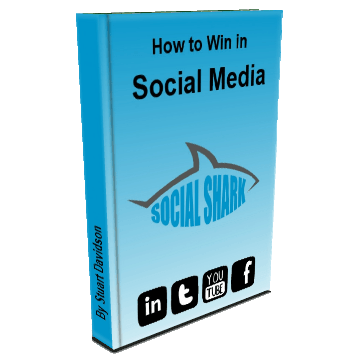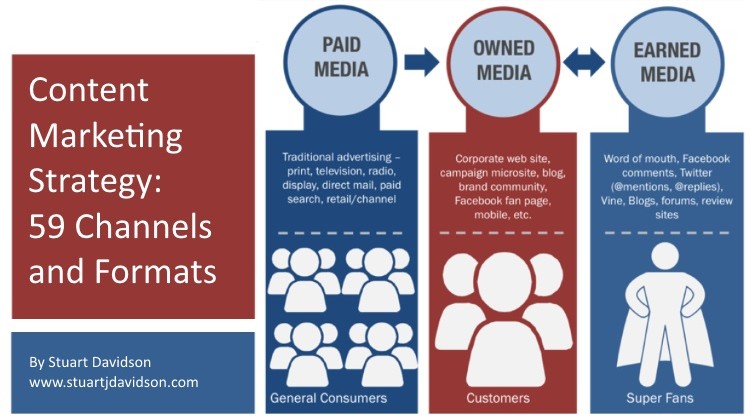Paid advertising has been a part of the traditional marketplace for many decades as one of the most effective means of reaching new customers. Banner ads and pay-per-click (PPC) marketing efforts using popular companies like Yahoo and Google have been the mainstay of advertising on the web.
This was augmented by the use of search engine optimisation, a passive method of pulling potential customers to websites by using keywords that results in web pages getting high rankings.
However, with the saturation of typical advertising placement and the rise in popularity of other marketing strategies, the revenues that use to be generated through this method have really sunk to a new low. In fact, there are millions of people who use browser programs to disable ads such as these in order to enjoy surfing the web even more. This has made it increasingly difficult to see a decent return from paid advertising in isolation.
The answer to this has evolved under the concept of content marketing. Content marketing is a very effective method of reaching and converting visitors because it goes against the grain of paid advertising and interruption marketing - stopping people from doing what they are doing and trying to persuade them to purchase a relevant product.
Content marketing seeks to provide useful and valuable content to those who are looking for it, creating a positive experience and persuasive argument to act upon the content messaging.
Native Advertising is Effective Paid Advertising
Of course, it’s not just paid advertising itself, but the type of advertising that is used can make all the difference. One of the most effective types of paid advertising is known as native advertising. Traditional means of advertising, such as the commercials you see on television shows, has very little relevance for those on the web. This is because even with the use of demographics, age, and browsing habits a surprising number of ads have little to no effect on those reading the content of web pages.
Native advertising on the other hand, matches the ad with the content which will in turn be more effective. For example, for those who are reading about a particular brand of vehicle, having an ad for aftermarket accessories for that particular vehicle, like a cover or headlight for example make perfect sense.
In fact, this form of paid advertising can be quite effective when the product actually complements the content. By providing relevant advertising to the content of a particular site, you can really boost the sales of the products that you are offering.
The Skepticism Effect
Most internet users are always going to have some natural skepticism after seeing adverts and will look to do their own research to see if your product is really worth it’s money.
This is where you can actually use the skepticism of the readers to your advantage by posting up effective content on blogs and with others in your industry to help provide more information and bolster your brand and reputation.
By providing useful information about your product on other sites, you not only help yourself by augmenting the chances for a sale, you have also brought another person to the blog that the owner will appreciate as well. A blogger or influencer who is respected in your industry can add further credibility to your products and business.
Start Planning
Ultimately, both approaches of marketing require structure, budgeting and planning.
The primary focus of your paid advertising is to complement your content marketing strategies. So this means that both strategies should focus back to your primary marketing objectives, be it increase sales, market share or brand awareness.
Be sure that you really know your audience. The more you know about your ideal customers, the better you can serve their needs. This means that you will to match their behaviours with their online locations, providing content and ads that are suited to both.
In the end, reinforcing your paid advertising with content marketing will result in better online visibility and exposure. Further reasons to diversify your marketing strategies and combine both approaches include:
- Wider marketing scope
- More insights to gain
- More resistant to negative change
- More flexible to positive change
- Bigger earning potential
Paid advertising is still a vital part of any brands marketing strategy. While it is typically not the backbone of marketing efforts, paid advertising will still reach places that your content marketing strategies and SEO can not. Plus, you can gain a real edge over your competition that are only investing in one marketing tactic.
Have you found success in either paid advertising or content marketing campaigns?








